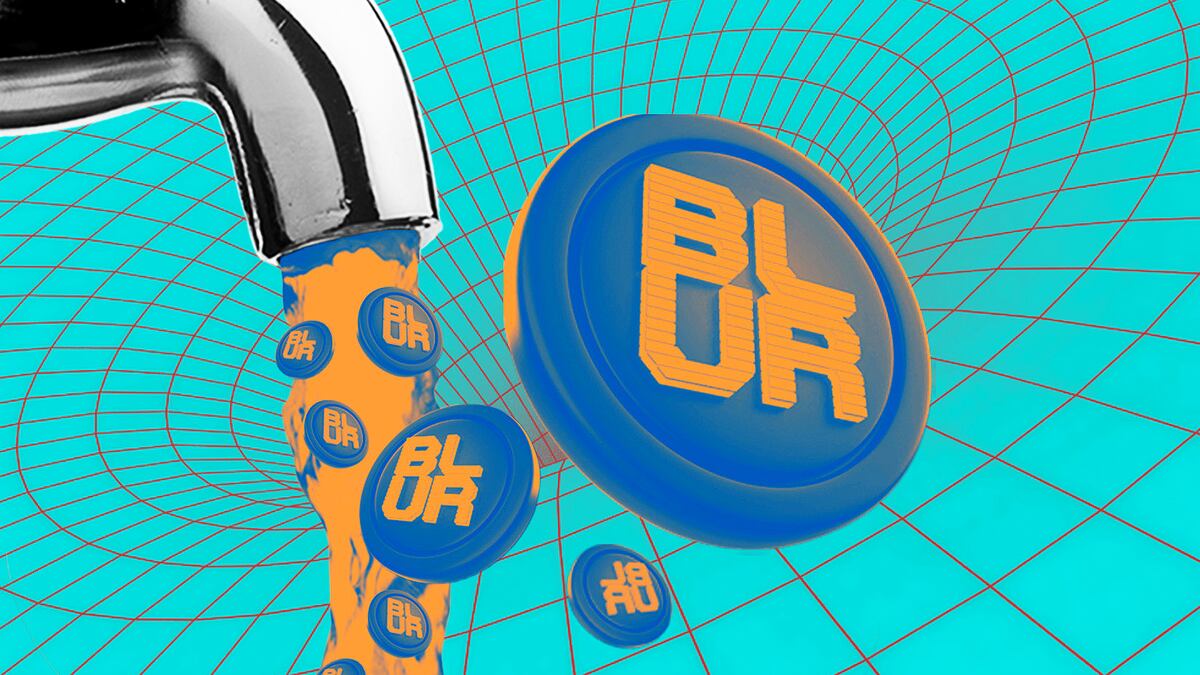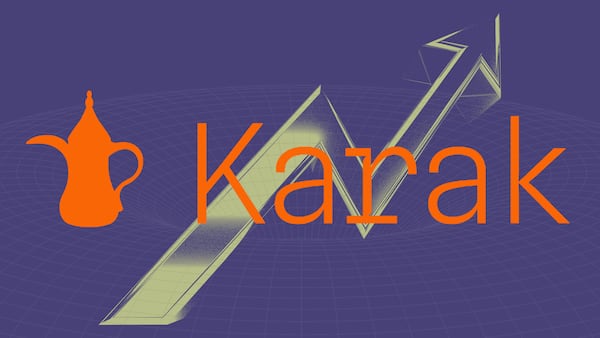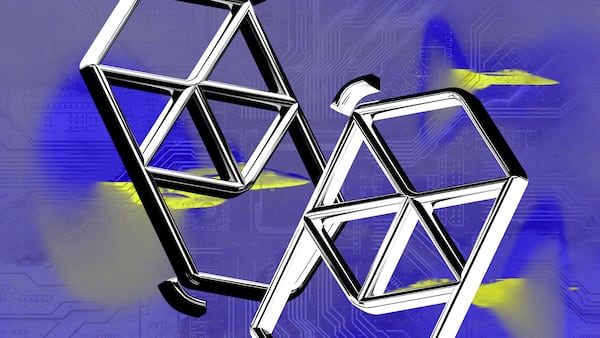- Points programmes are often seen as a promise of a future airdrop.
- While companies have been careful about announcing or launching tokens, they have been diving headlong into points programmes.
- Crypto lawyers think a reckoning could be coming.
A simple investment promised a massive return: Investors who deposited certain tokens on LayerBank, a crypto borrowing protocol, could earn “2x LayerBank points,” “2x Kelp Miles,” “1x EigenLayer points,” and “potential rewards for onchain activity from Scroll,” according to a post on X.
Another protocol called Pendle invites users to “Hop on the Points Express!” by leveraging points or betting against them.
They are two examples of a bonanza in crypto-based loyalty rewards simply referred to as “points.” Considered a surefire way to lure new users and their money, points have become ubiquitous in crypto over the past year.
Crypto lawyers have had enough.
“I f**king hate points,” one prominent, pseudonymous crypto lawyer recently wrote on X, “and hope someone goes to jail soon for it so I stop getting asked to sign off on this ‘loophole.’”
While points are a masterful way of boosting business, they can be a legal minefield, according to attorneys who spoke to DL News.
“They’re very widespread for a reason — they’re great from a commercial perspective,” Alexander Lindgren, an attorney at LLOY Law LLP, told DL News. “What they’re not is a risk-free silver bullet to the securities law problem around airdrops.”
Where did points come from?
Technically speaking, points are a way to measure users’ “contribution” to a protocol based on predefined metrics.
On LayerBank, for example, users earn 1.2 “L.Points” for every dollar of crypto they borrow from the platform.
Blur, the largest NFT marketplace by trading volume, is often cited as the first crypto project to successfully introduce a points system when the programme made its debut in October 2022.
Since then, point systems have been introduced or announced by Ethena, the company behind the months-old, multibillion-dollar stablecoin USDe, and by restaking pioneer EigenLayer.
They have also been used by liquid restaking protocols Ether.Fi, Renzo, KelpDAO, Puffer Finance, and Swell and by social media platforms friend.tech and Warpcast.
Layer 2 blockchain Blast and Solana DeFi protocols Solend, Kamino, MarginFi, and Parcl have also announced points programmes, to name a few.
Secondary markets have sprung up around points, with investors trading them on platforms like Pendle and Whales Market.
Their appeal is simple: Most investors assume points will be used to allocate tokens in a future airdrop.
Projects that have used points to calculate airdrop distribution include Jito and Parcl on Solana and Ethena and Ether.Fi on Ethereum.
“Points are an express (albeit indefinite) implication of a quid-pro-quo that are getting priced in secondary markets based on very strong, clear expectations that they will translate into tokens,” crypto attorney Gabriel Shapiro told DL News.
That has made them massively popular with users, who are earning points on different crypto platforms in the hopes of a generous payout down the road.
The logic
Some US-based projects believe they can use points to generate buzz without drawing scrutiny from the Securities and Exchange Commission, the financial regulatory body almost universally loathed by industry players for its aggressive enforcement of companies both large and small.
“For a certain set of teams that are risk-averse, or in highly regulated jurisdictions, points are a way for them to sort of engage in marketing activity prior to having regulatory clarity,” a partner at a crypto venture capital firm told DL News in December.
“In order to issue a token, your legal counsel has to sign off on it. And there’s different opinions from different legal counsels. … While they’re still figuring that out, points offer them the ability to engage the market, and, you know, get users, add liquidity into their systems without having to issue a token.”
This supposed loophole has been maddening for some US-based crypto attorneys, who believe they cause more problems than they solve.
“I’ve had [conversations], not just with clients, [but] with practitioners offshore, where they’re like … ‘What’s with the points? Does this just solve all the problems?” Lindgren said. “I’m like, ‘Ahh! No, it doesn’t!’ Not quite sure how that got spread.”
Shapiro runs a chatroom with more than 130 crypto lawyers. As far as he can recall, none has defended the points explosion.
The regulatory minefield
Points programmes resemble loyalty programmes run by traditional brands. And those programmes are “widely misunderstood,” according to Lindgren.
“There are attorneys who spend much of their careers just working on the biggest and most complex points programmes,” Lindgren said. “They do, depending on how you put them together, implicate sweepstakes, gambling laws, money transmission rules … very important and very consequential rule sets.”
Those rules are variously enforced in the US by the Treasury Department and state regulators, according to Lindgren.
“These rules aren’t necessarily that hard to deal with, but you do need to talk to people about it,” he said.
The expectation of an airdrop can create additional problems for crypto companies running points programmes.
“The SEC will have an orgy of evidence from social media, messaging apps, and (probably) internal comms of these projects that points in fact were always meant to be or strongly expected to be a method of allocating tokens,” Shapiro said.
“While this does not guarantee points offerings are securities offerings, I don’t think a lawyer can argue with a straight face points aren’t much closer to the line than the ‘old school’ retroactive airdrop structure — which even in itself was not risk-free,” he said.
From ‘benign’ to ‘slightly insane’
But not all points programmes are created equal.
If a company can plausibly argue its points programme wasn’t meant to drive airdrop hype or to determine some future token allocation, it’s less likely to raise regulators’ ire, Shapiro said.
“Like if American Airlines decides to drop a token tomorrow, and allocates it to miles holders, no one is going to say people were acquiring miles as an investment in tokens — because it will be coming as a complete surprise,” he said, referring to American Airlines’ frequent-flyer programme, AAdvantage.
Lindgren said points programmes today range from the “benign” to the “slightly insane.”
The former include “leaderboards that give special badges and things like that,” he said. The latter include secondary markets that let investors trade their points.
“They’re potentially really useful programs or tools for many projects,” he said, “but probably not as ubiquitously as we’re seeing them.”
Aleks Gilbert is an New York-based DeFi correspondent at DL News. Have a tip? Email him at aleks@dlnews.com.







